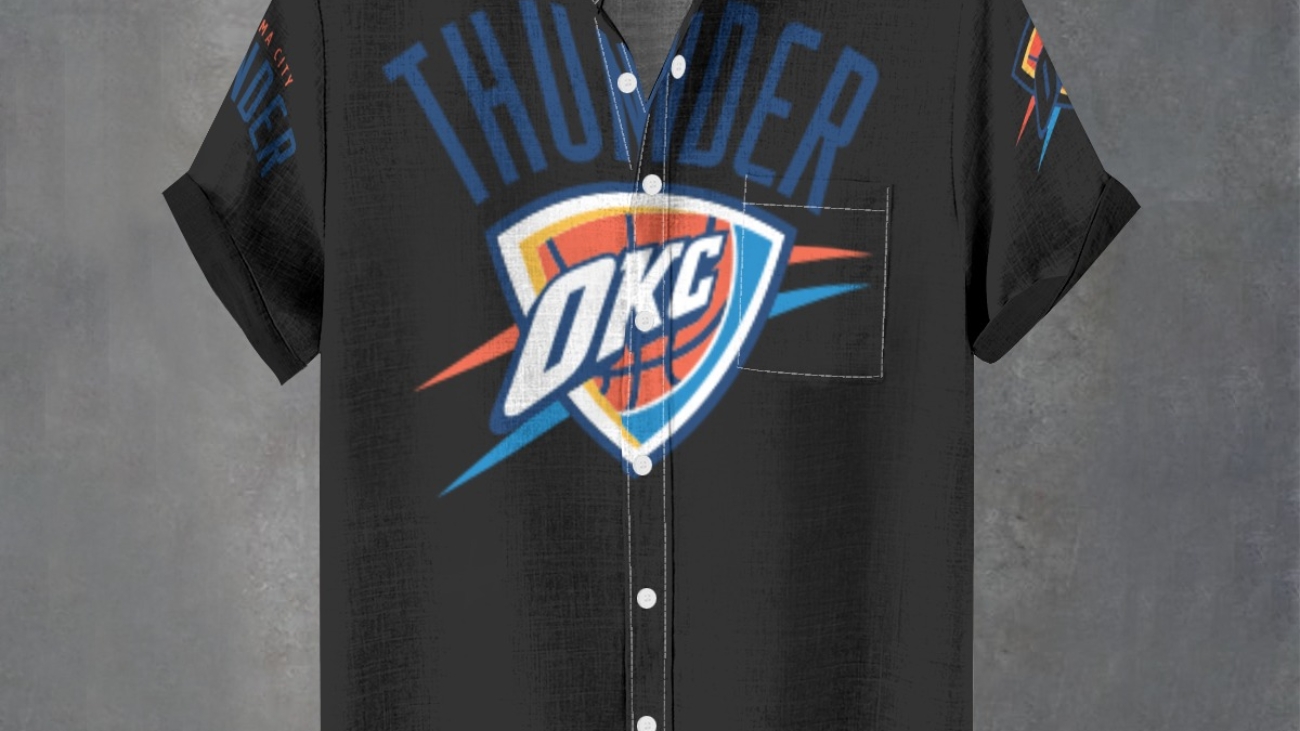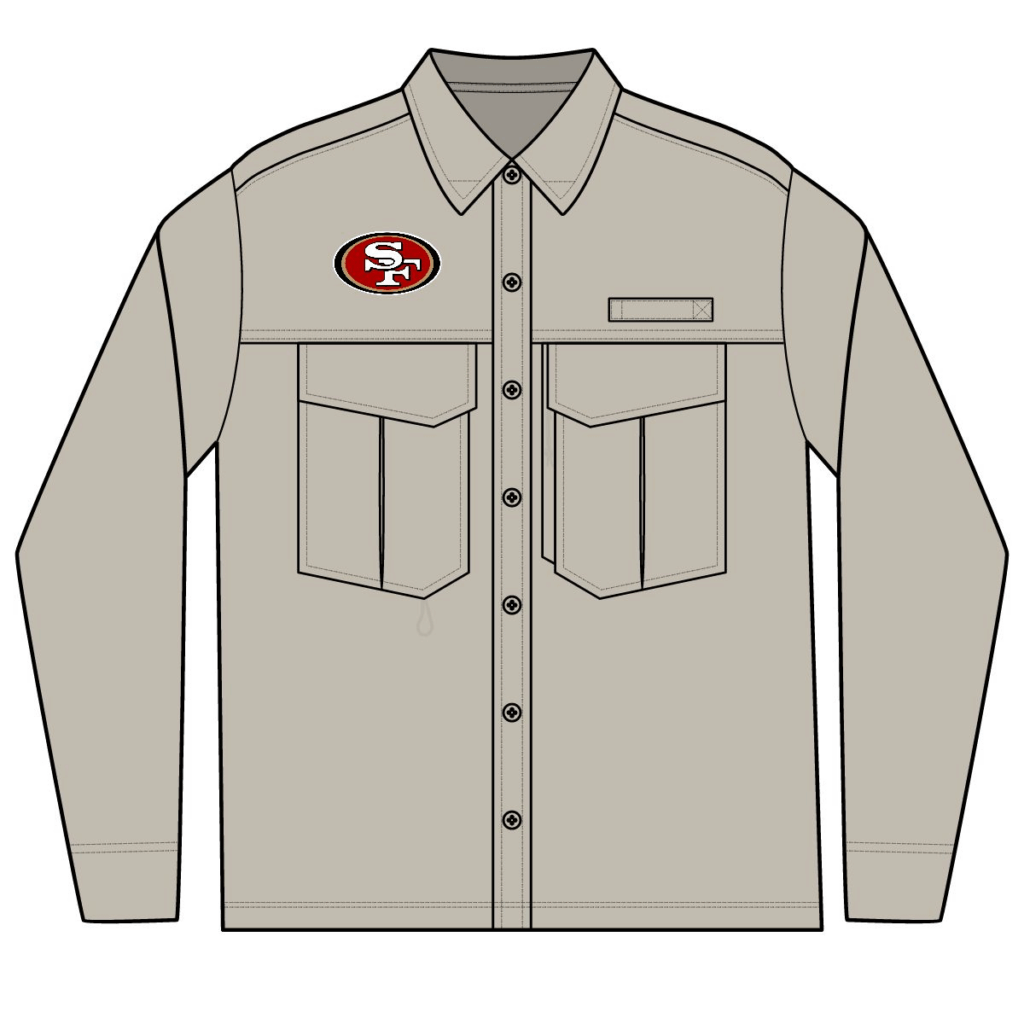It’s been another headline-heavy week across the NFL as midseason turbulence shakes up the playoff picture — and team rosters — in dramatic fashion.
From the New York Giants’ decision to part ways with head coach Brian Daboll to the Philadelphia Eagles tightening their grip on the NFC’s top seed, Week 10 brought plenty of storylines for fans, analysts, and merch collectors alike.
As teams battle through injuries, weather conditions, and crucial matchups, Pro Merch has the ultimate lineup of official NFL team apparel and gear for every fan to represent their team through the highs and lows of the season. Whether you’re loyal to the Giants, Eagles, Jaguars, or any other squad, you can find your team’s latest official merchandise here: Shop Official NFL Gear at Pro Merch.
Giants Fire Brian Daboll After Disappointing Start
The biggest news of the week came out of East Rutherford, where the New York Giants officially fired head coach Brian Daboll following the team’s 24–20 loss to the Chicago Bears. With a 2–8 record through 10 weeks, the Giants have struggled to find consistency on either side of the ball, leading ownership to make a midseason move that signals a total reset.
Daboll, who led the team to a playoff berth in 2022 and was named NFL Coach of the Year that season, couldn’t replicate that early success amid mounting injuries and offensive challenges. Defensive coordinator Wink Martindale is expected to serve as interim head coach while the Giants begin their search for a long-term replacement.
Giants fans looking to stand by their team through this rebuilding phase can show their loyalty with official New York Giants hoodies, hats, and sideline apparel now available at Pro Merch’s NFL Collection.
Travis Hunter Sidelined After Season-Ending Surgery
In Jacksonville, rookie standout Travis Hunter suffered a major setback after undergoing season-ending knee surgery to repair a torn LCL. Hunter, who has been playing both wide receiver and cornerback for the Jaguars, was one of the most versatile and talked-about rookies of the season.
Team officials confirmed that the surgery was successful and that Hunter is expected to make a full recovery in time for the 2026 NFL season. His absence, however, leaves a major gap for the Jaguars as they fight to remain competitive in the AFC South.
Fans can still gear up for the remainder of the Jaguars’ season — and Hunter’s comeback story — with Jacksonville merchandise and collectibles from Pro Merch’s official NFL store.
Eagles Defeat Packers on Monday Night Football
The Philadelphia Eagles continued their dominance in prime time, edging out the Green Bay Packers with a hard-fought 10–7 victory on Monday Night Football. In a defensive battle that highlighted both teams’ resilience, the Eagles improved to 7–2, maintaining their position as the No. 1 seed in the NFC.
Quarterback Jalen Hurts and head coach Nick Sirianni have kept the team focused and balanced despite key injuries. With strong play from the defense and clutch performances from the offensive line, Philadelphia looks poised for another deep playoff run.
Fans can join in the celebration by repping the NFC leaders with official Eagles jerseys, sideline jackets, and fan gear — available now through Pro Merch’s NFL Collection.
NFL Week 10 Results
Here’s a quick recap of how Week 10 played out across the league:
| Away Team | Home Team | Final Score |
|---|---|---|
| Cleveland Browns | New York Jets | 20–27 |
| New Orleans Saints | Carolina Panthers | 17–7 |
| New England Patriots | Tampa Bay Buccaneers | 28–23 |
| Baltimore Ravens | Minnesota Vikings | 27–19 |
| Buffalo Bills | Miami Dolphins | 13–30 |
| New York Giants | Chicago Bears | 20–24 |
| Jacksonville Jaguars | Houston Texans | 29–36 |
| Arizona Cardinals | Seattle Seahawks | 22–44 |
| Detroit Lions | Washington Commanders | 44–22 |
| Los Angeles Rams | San Francisco 49ers | 42–26 |
| Pittsburgh Steelers | Los Angeles Chargers | 10–25 |
| Philadelphia Eagles | Green Bay Packers | 10–7 |
Week 11 Matchups to Watch
Week 11 promises to deliver even more excitement as playoff races heat up. Here’s the full slate of games:
| Matchup | Start Time (EST) |
|---|---|
| New York Jets at New England Patriots | 8:15 PM, Thursday |
| Washington Commanders at Miami Dolphins (in Madrid) | 9:30 AM, Sunday |
| Green Bay Packers at New York Giants | 1:00 PM, Sunday |
| Houston Texans at Tennessee Titans | 1:00 PM, Sunday |
| Carolina Panthers at Atlanta Falcons | 1:00 PM, Sunday |
| Chicago Bears at Minnesota Vikings | 1:00 PM, Sunday |
| Los Angeles Chargers at Jacksonville Jaguars | 1:00 PM, Sunday |
| Tampa Bay Buccaneers at Buffalo Bills | 1:00 PM, Sunday |
| Cincinnati Bengals at Pittsburgh Steelers | 1:00 PM, Sunday |
| San Francisco 49ers at Arizona Cardinals | 4:05 PM, Sunday |
| Seattle Seahawks at Los Angeles Rams | 4:05 PM, Sunday |
| Kansas City Chiefs at Denver Broncos | 4:25 PM, Sunday |
| Baltimore Ravens at Cleveland Browns | 4:25 PM, Sunday |
| Detroit Lions at Philadelphia Eagles | 8:20 PM, Sunday |
| Dallas Cowboys at Las Vegas Raiders | 8:15 PM, Monday |
Pro Merch: The Ultimate Fan Destination
No matter where your team stands in the rankings, Pro Merch has every fan covered — from official NFL jerseys and hats to exclusive collectibles, banners, and sideline apparel. It’s the ultimate destination for true fans who live and breathe football.
Gear up for Week 11 and beyond by visiting Pro Merch’s NFL Collection today and show your support in true game-day style.
#ProMerch #NFLWeek10 #Giants #Eagles #Jaguars #NFLNews #FootballFans #SportsApparel #NFLMerchandise #ShopProMerch

 Cart is empty
Cart is empty 























































